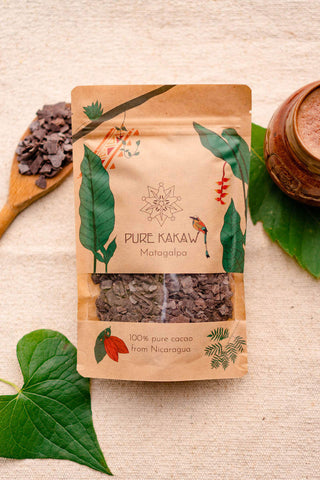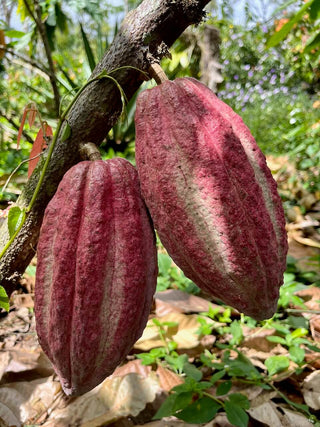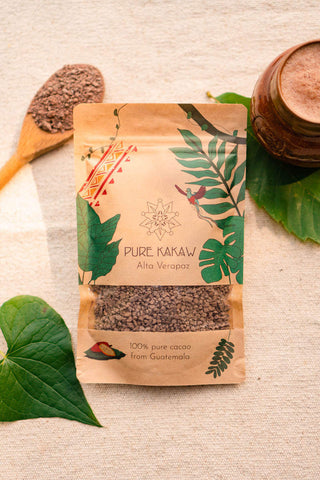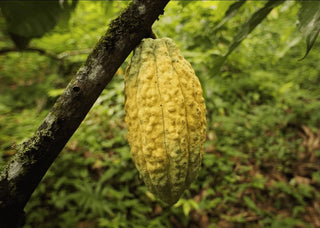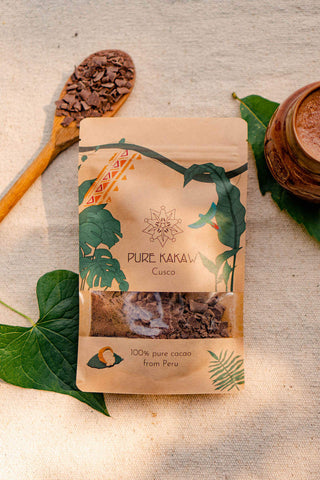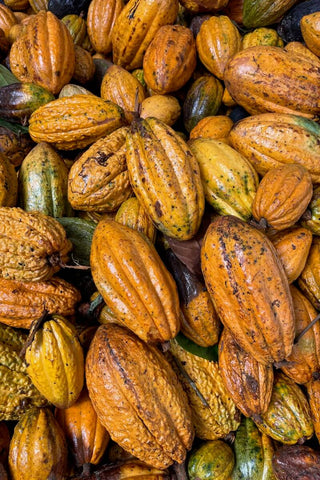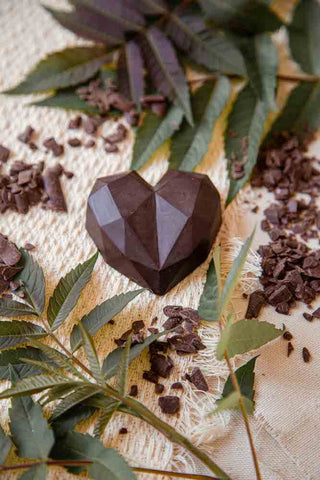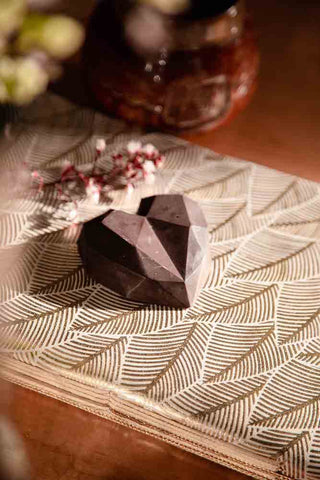

History of Cacao
Cacao has been a sacred drink for thousands of years, is loved everywhere in the world and has an interesting history that's worth keeping alive.
A short history of cacao
Cacao has a rich history in Mesoamerican native cultures. Traces found of its use date back to over 4000 years ago. Cacao gained a divine status in different cultures like the Olmecs, Izapan, Maya, Toltecs, Aztecs and Incas. As a frothy, godly and highly prized drink it was mainly consumed by the elite. Deities were worshiped for bringing cacao to the world and it was used in rituals, ceremonies, feasts and festivals. Because of its value the beans were used as an early form of money, tax and even counterfeited!
Cacao has a long history in native cultures:
⤖ As a sacred drink to connect with the divine.
⤖ Used for ceremonies, rituals and offerings.
⤖ Mythological origin of creation of people.
⤖ Being shared amongst tribes, meetings and served to guests.
⤖ Currency, dried cacao beans where used as money, mostly in the Aztec empire.
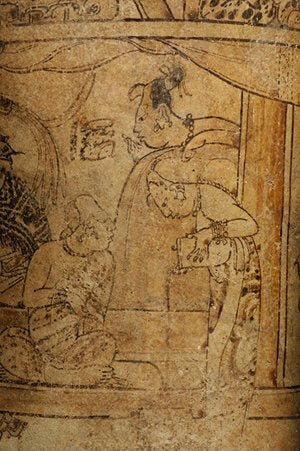
Mayan vase depicting a woman pouring a frothy cacao drink (Princeton vase, AD 670-750).
Old texts and images on vases show that paste of roasted cacao was mixed with water, chili peppers and cornmeal to be poured between pots until covered with a thick foam. Cortés (who was mostly against native culture and customs) wrote:
”This drink is the healthiest thing, and the greatest sustenance of anything you could drink in the world, because he who drinks a cup of this liquid, no matter how far he walks, can go a whole day without eating anything else”.
There are different written records of Europeans encountering cacao for the first time, all impressed by its flavor and power. Also its central position in Mesoamerican cultures is emphasized. The Spanish brought cacao back to Europe in the early 16th century. When they lost their monopoly on import, cacao quickly spread through Europe. Different technological advances as well as adding sugar, milk powder and other ingredients lead to chocolate as we know it today. A beautiful treat that melts on your tongue, although not always the healthy food for which is was prized by native Mesoamerican people.
Cacao is still used as a plant medicine in ceremonies. The interest in native knowledge and use of cacao is growing. As well as the nutrition and effects of cacao are an increasing popular topic for modern research for health, beauty and pharmaceutical industries. Cacao is chemically the most complex type of food with an interesting effect on the body and mind.
Chocolate as we know today is processed form of cacao with less healthy compounds that make cacao so interesting. The quality of cacao depends on different factors and we are especially interested in certain varieties of cacao that are as little processed as possible. Fermentation and some degree of roasting have been used traditionally throughout history. For both the healthy properties and spiritual power we prefer cacao in this pure form.

